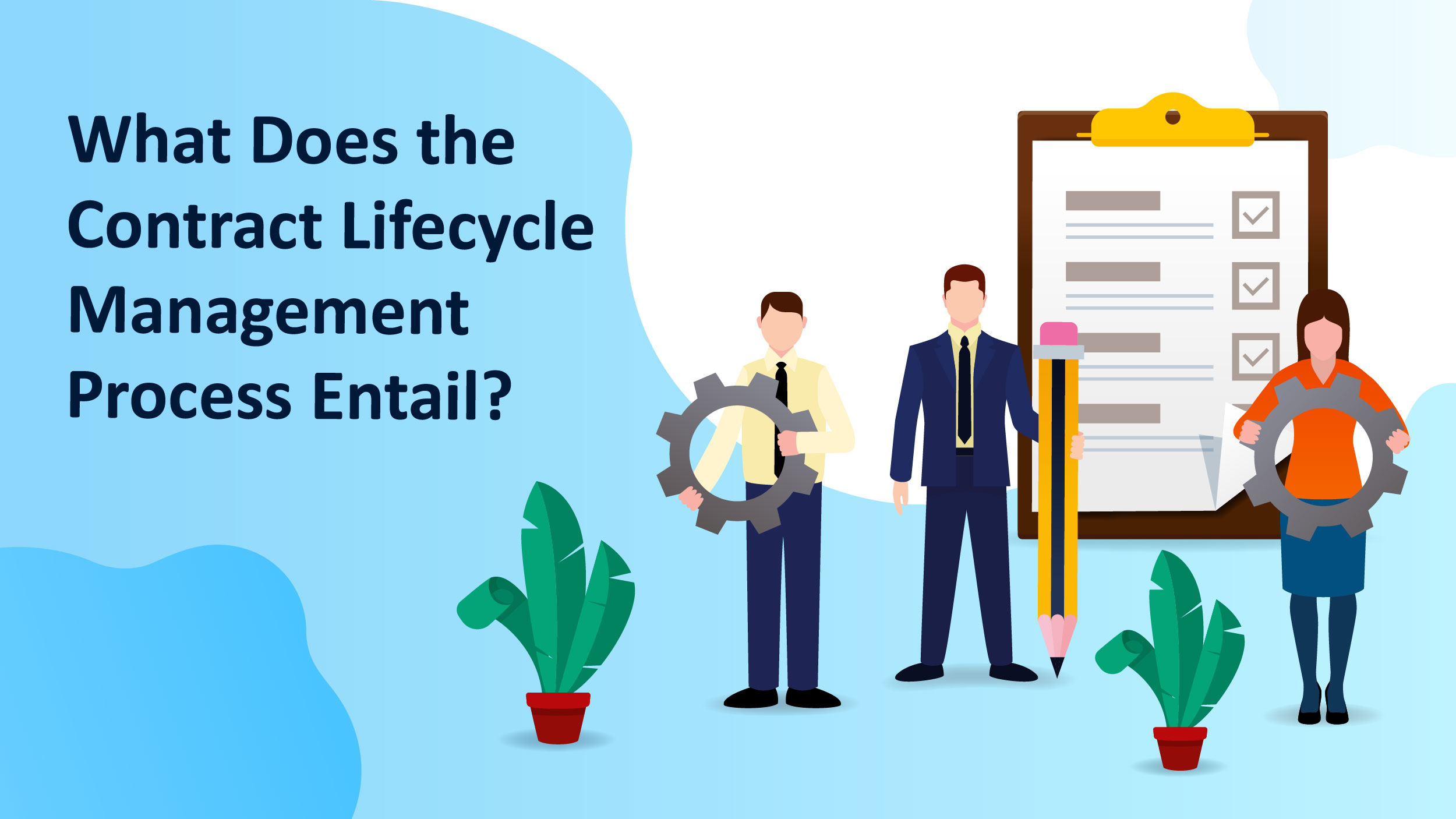Every organization has a whole bunch of stuff happening behind the scenes, like tons of documents, processes, and agreements. How you handle all this operational stuff isn’t just about what you like personally. It’s like the engine that keeps your organization chugging along and making progress.
Contract lifecycle management (CLM), which includes generating, administering, sharing, and archiving corporate contracts, is the process of digitally managing agreements made with clients, suppliers, partners, or workers through each stage of the cycle. The hidden weapon for your company may potentially be contract lifecycle management.
For your organization to execute a contract management strategy that fosters productivity, inspires clients, and generates money, we’ll go over all you need to know about contract lifecycle management in this blog.
Let’s dig into this!
What is Contract Lifecycle Management?
In the simplest terms, contract lifecycle management begins with the formation of a contract and concludes when either all requirements have been fulfilled or the contract is canceled.
It’s a procedure that can assist in maintaining high production, lower risks, and, most significantly, save your business cold hard cash.
In practice, contract lifecycle management is frequently carried out with the aid of contract management software. Without the need for disorganized drives or a dusty filing cabinet, this program enables users to look for, arrange, distribute, and report on contracts.
According to Goldman Sachs, automating contract management shortens sales negotiation processes by 50%, reduces payment errors by 75–90%, and lowers operational and processing costs by 10–30%.
What Does the Contract Lifecycle Management Process Entail?

The contract lifecycle management process involves certain major steps right from inception to termination. To understand how the procedure operates, let’s look at these steps briefly:
- Contract Creation: This stage involves the creation and checking of the contract to make sure it contains all necessary clauses and requirements.
- Negotiation: In this phase, the parties negotiate the terms of the contract, which may cover topics like pricing, delivery, service levels, and other important details.
- Review and Approval: At this stage, the contract is examined to make sure it complies with all applicable legal and business standards and has the consent of all parties.
- Execution: The contract is signed at this point, making it enforceable.
- Ongoing Management: This phase entails the ongoing administration of the contract, which includes monitoring the delivery of products and services, adherence to terms established, handling disputes, and performance monitoring.
- Renewal or Termination: During this phase, the contract may be extended if necessary or terminated at the end of its duration.
What is Contract Lifecycle Management Software?
Contract lifecycle management software refers to any digital platform specifically designed to handle contracts across all stages of their lifecycle. It should not be confused with document signing software, which only enables the digital collection of signatures. In-house legal and business users can automate management procedures with contract lifecycle management tools, and they can also extract commercially useful information from their contracts.
Typically, CLM software is referred to by the standalone name “CLM”.
Given that digital contracting is the Gordian knot of business software, the prevalence and diversity of contracts make them a technological problem. Technology companies have attempted to solve the issue from every imaginable aspect, but they have mainly failed.
In the realm of contract lifecycle management, some businesses focus on specific stages or functions, such as document generation, while others concentrate their expertise on handling particular types of contracts. However, it’s intriguing to note that individuals from various legal domains, like matter or spend management, have also ventured into the domain of contract lifecycle management.
Over 150 companies are already in the game, offering contract management software solutions.
Contract lifecycle management tools include functions like automatic notifications. They also added pre-execution tools like contract drafting and creation.
The Secret to Supercharge Your Contract Lifecycle Management

Adopting a contract management software solution is the best method to advance contract management in your company. Companies that implement a contract lifecycle management system may see an increase in annual income of up to 9%, according to World Commerce and Contracting.
Let’s now look at how contract lifecycle management software can help you manage your contracts better.
● Precise Contract Drafting through Template and Clause Repositories
It is simple to create professional, accurate contracts quickly with the help of a library full of preapproved terms and compliance contract templates. This aids in developing a safe, risk-averse strategy for developing contracts for your business while keeping efficient, effective procedures.
KPMG claims that insufficient contract risk reduction can cause a 9% loss in contract value. Contract management must steer clear of or mitigate these and other contract hazards in order to stop this contract leakage.
● Automate Operations with Contract Workflows
One of the biggest advantages of contract lifecycle management software is perhaps automation. To route and standardize each activity and step a contract takes, you can create configurable automated contract processes. One contract or a whole collection of different types of contracts might use automated workflows. They can also be applied to clauses.
● Easy Renewals and Expirations
Organizational knowledge and visibility of forthcoming deadlines and obligations are improved through contract lifecycle management. Modern contract lifecycle management software includes automated reminders, one of the most underappreciated but extremely risk-mitigation capabilities. With the help of your software, you can now plan ahead for discussions, reviews, and expirations because it will alert users when particular activities need to be completed.
● Seamlessly Incorporate Electronic Signatures
Modern contract lifecycle management has been revolutionized by electronic signatures. On your mobile device, you may now quickly sign and carry out contracts wherever you are and whenever you like. This helps you save time, money, and paper, without compromising the security of your signing processes.
Final Thoughts
Managing contracts is a pretty complex process. It involves a bunch of steps, stages, actions, tasks, and people. Whether you succeed or fail in handling the contract lifecycle depends entirely on the systems you have in place to make things efficient and reduce risks. If you need help setting up those systems or improving a particular phase of the contract lifecycle, you have to keep refining the process to make sure everything runs smoothly and your contracts are executed correctly.




